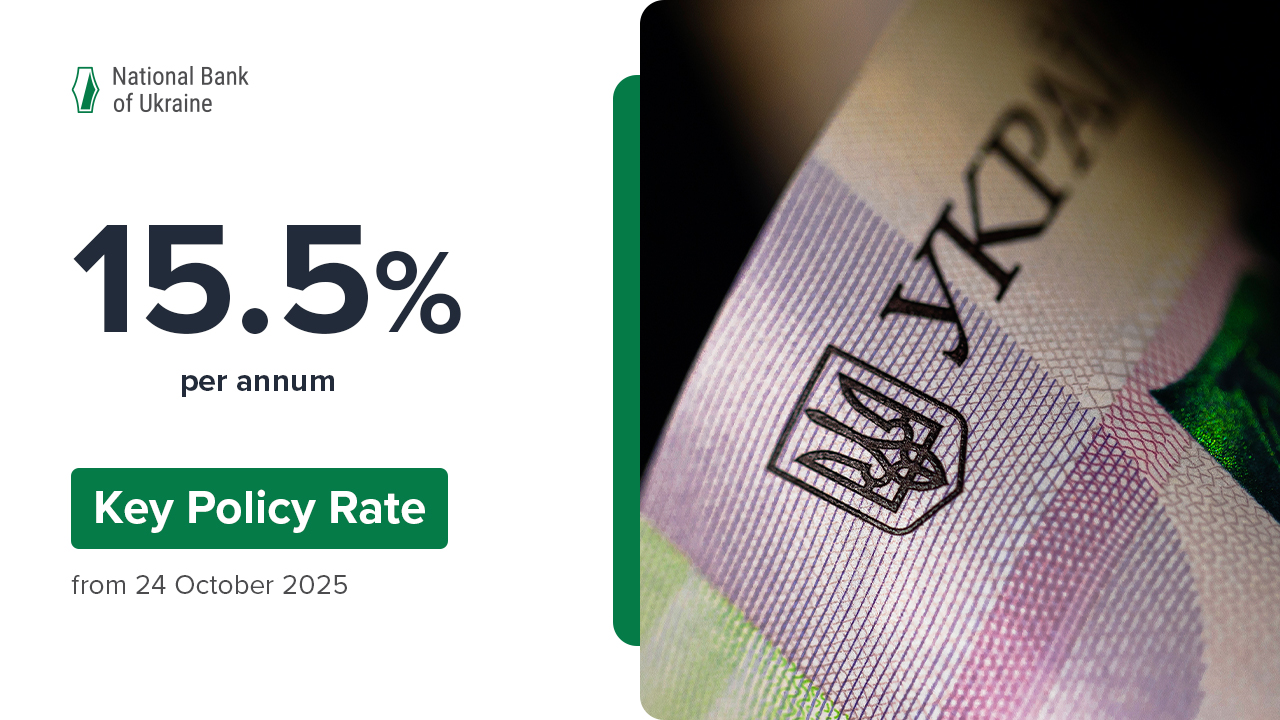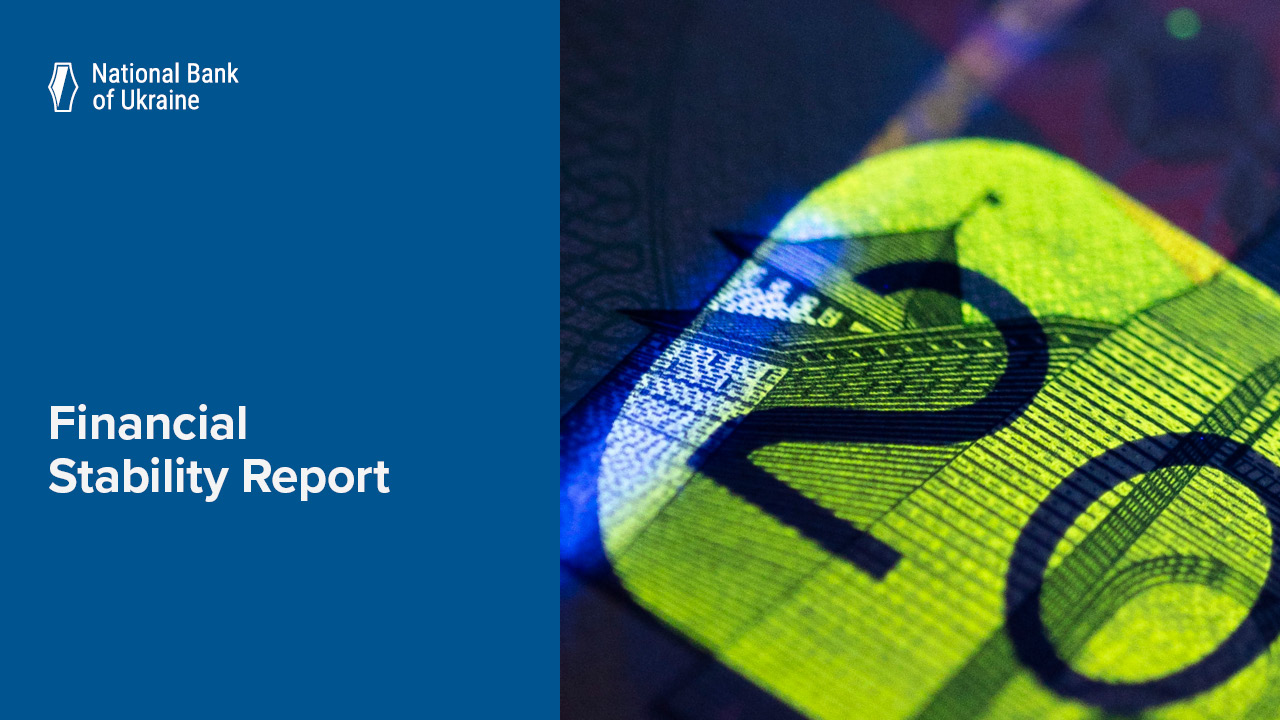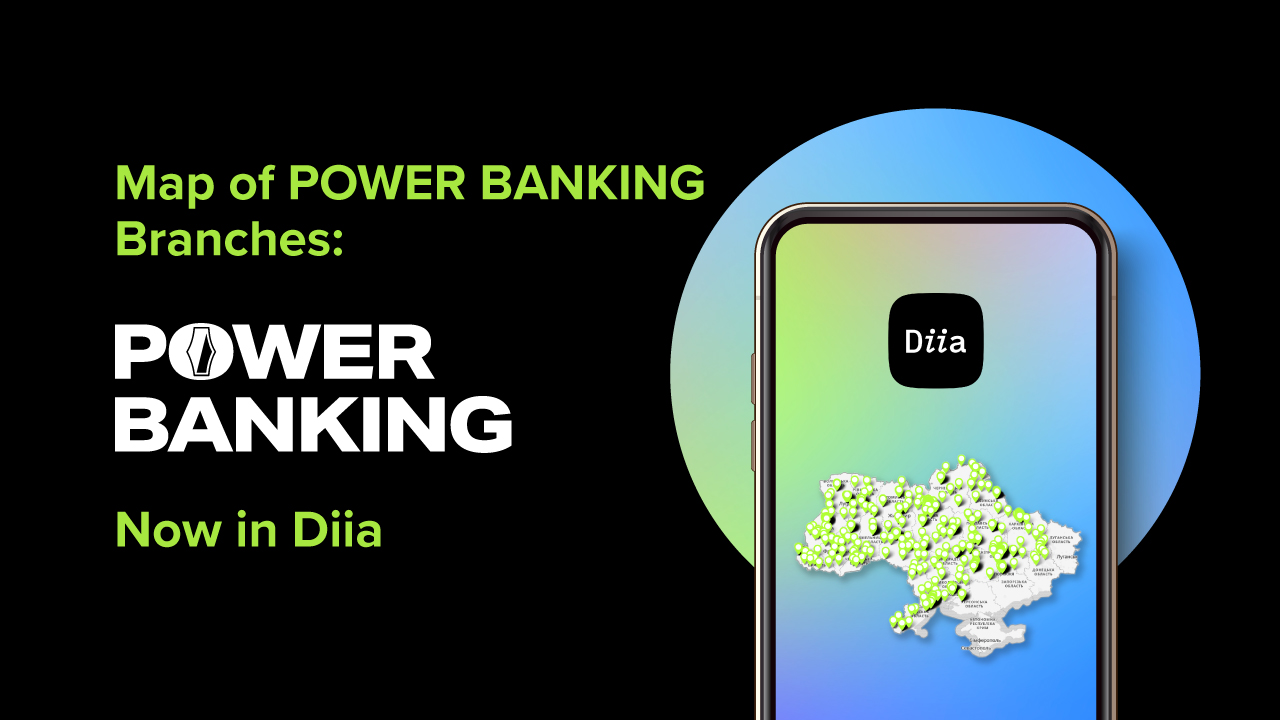The NPLs data has been published on the website of the National Bank of Ukraine since September 2017. Prior to that, disclosure of NPLs data accompanied the banksʼ quarterly financial statements.
1. Monthly from 1 September 2017 on the official website of the National Bank of Ukraine according to:
- On establishing a list of information subject to mandatory disclosure by banks of Ukraine (NBU Board Resolution No 11, of 15 February 2018);
- On publication of certain information on the activities of Ukrainian banks (NBU Board Resolution No 85 dated 31 August 2017).
2. On a quarterly basis, from 1 January 2012, banks are required to publish interim financial statements (including the Note "Certain Bank Performance Indicators" with data on loans by quality categories) by posting on the Bank’s website according to:
- Guidelines on the procedure of preparation and disclosure of the financial statements of Ukrainian banks (NBU Board Resolution No 373 of 24 October 2011).
3. On a quarterly basis, since 1 April 2005, banks are required to publish quarterly financial statements (including the Note "Certain Bank Performance Indicators" with indication of loans by risk categories) in the newspaper of Cabinet of Ministers of Ukraine, "Government Courier", or the parliament’s (Verkhovna Rada of Ukraine) "Voice of Ukraine" according to:
- Guidelines on the procedure of preparation and disclosure of financial statements of Ukrainian banks (NBU Board Resolution No 480 of 27 December 2007);
- Guidelines on the procedure for preparation and disclosure of financial statements of Ukrainian banks (NBU Board Resolution No 598 of 7 December 2004).






